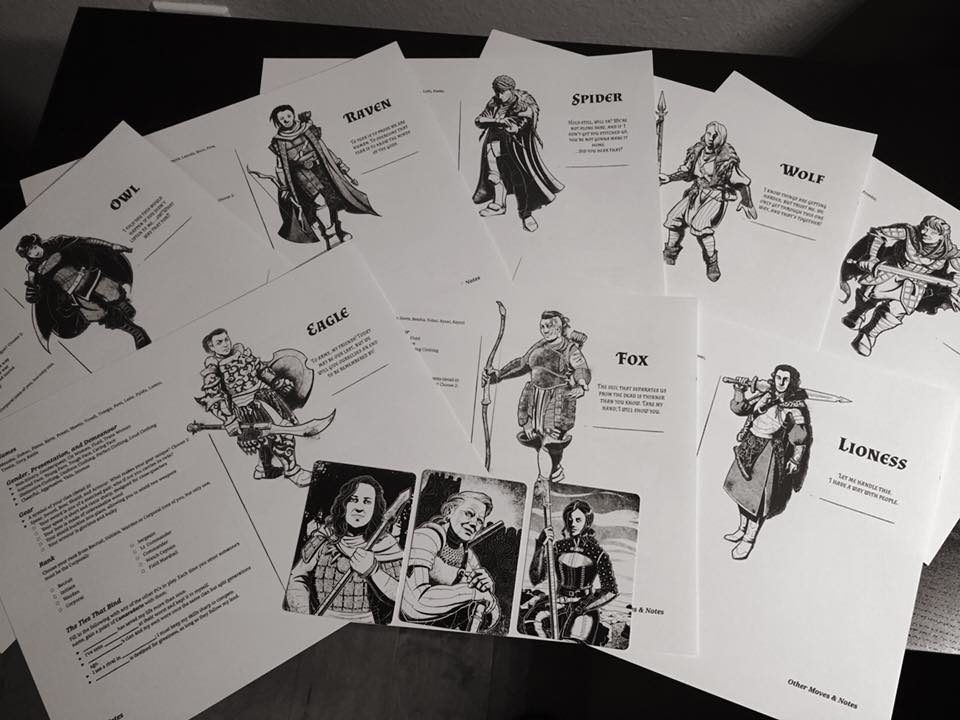Mae this post semi-public because I forgot about this comminity.
Mae this post semi-public because I forgot about this comminity.
A couple questions to Anna Kreider or anyone else about The Watch if you can spare a moment for me.
– Page 144, Start of Session.
At the start of the session, or during a lull in play, the MC (or the highest ranked character past Sergeant) will choose a new mission for the group.
Whoever is in charge of the mission will tell everyone involved to mark Jaded, and assigns one person to each the three primary mission roles
If there isn’t a PC past Sergeant rank, it’s the MC who assignes the roles for the mission. Do I read it correctly?
More complex:
– Page 114, Principles.
Respect people’s gender identities and, to a lesser degree, Never showcase sexual violence.
These are principles I can get behind. In particular I’m quite unconfortable with sexual violence in games and tend to X-card or the likes it.
Anyway, this means that I, as the MC can’t do it.
Even if I got an extra Traditionalist Threat and somehow gender essentiallism krept its way through tradition, I will not use it to undermine my genderqueer characters, that’s plain obvious in the Principle.
But what about a player that decides to go down the TERF-road?
They aren’t bound by the same Principles.
I thought about it and concluded that I have a rule mandated duty to X-Card it. I would probably do anyway, but I think that the way the rules interact and the X-Card being a rule of the game, the MC have a duty to keep themselves and the players away from disrespecting gender identities and showcase sexual violence.
Am I right?

